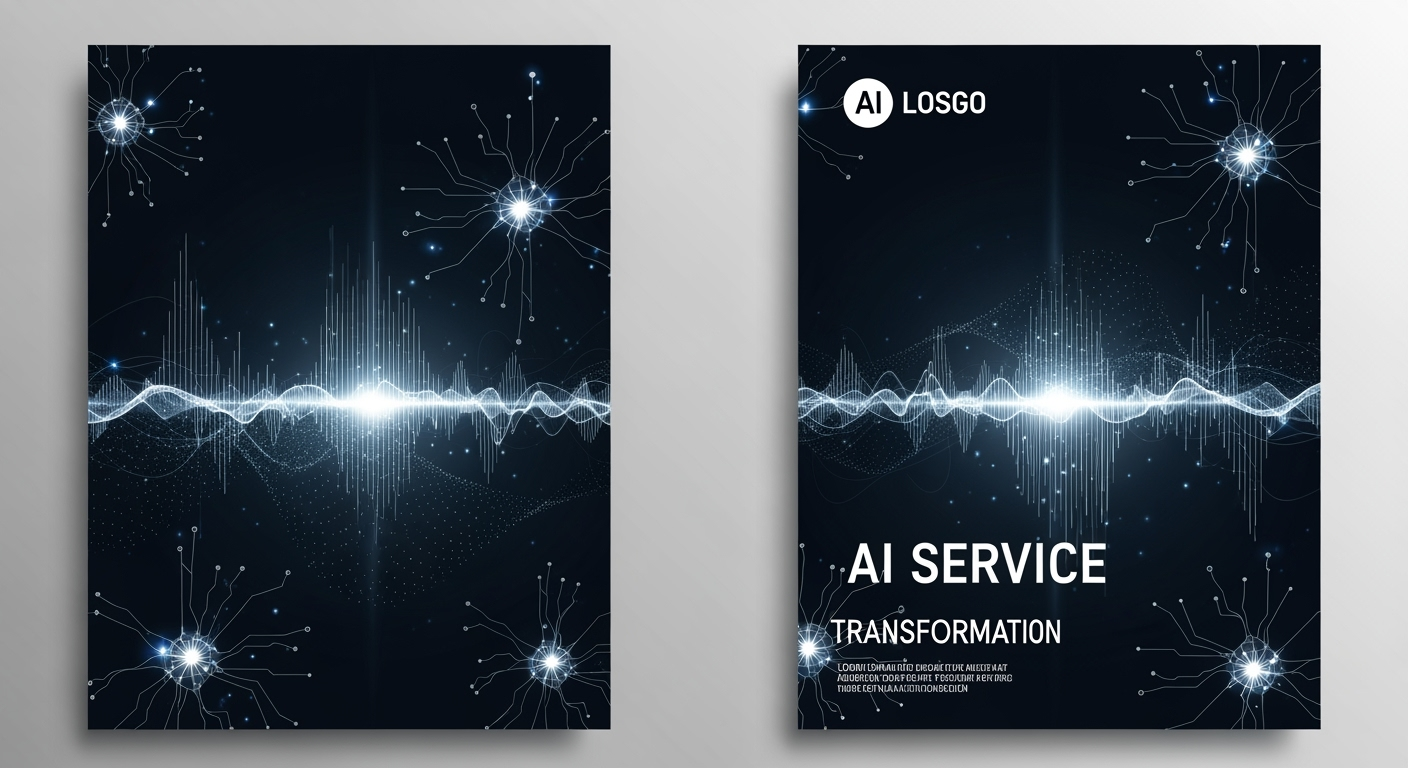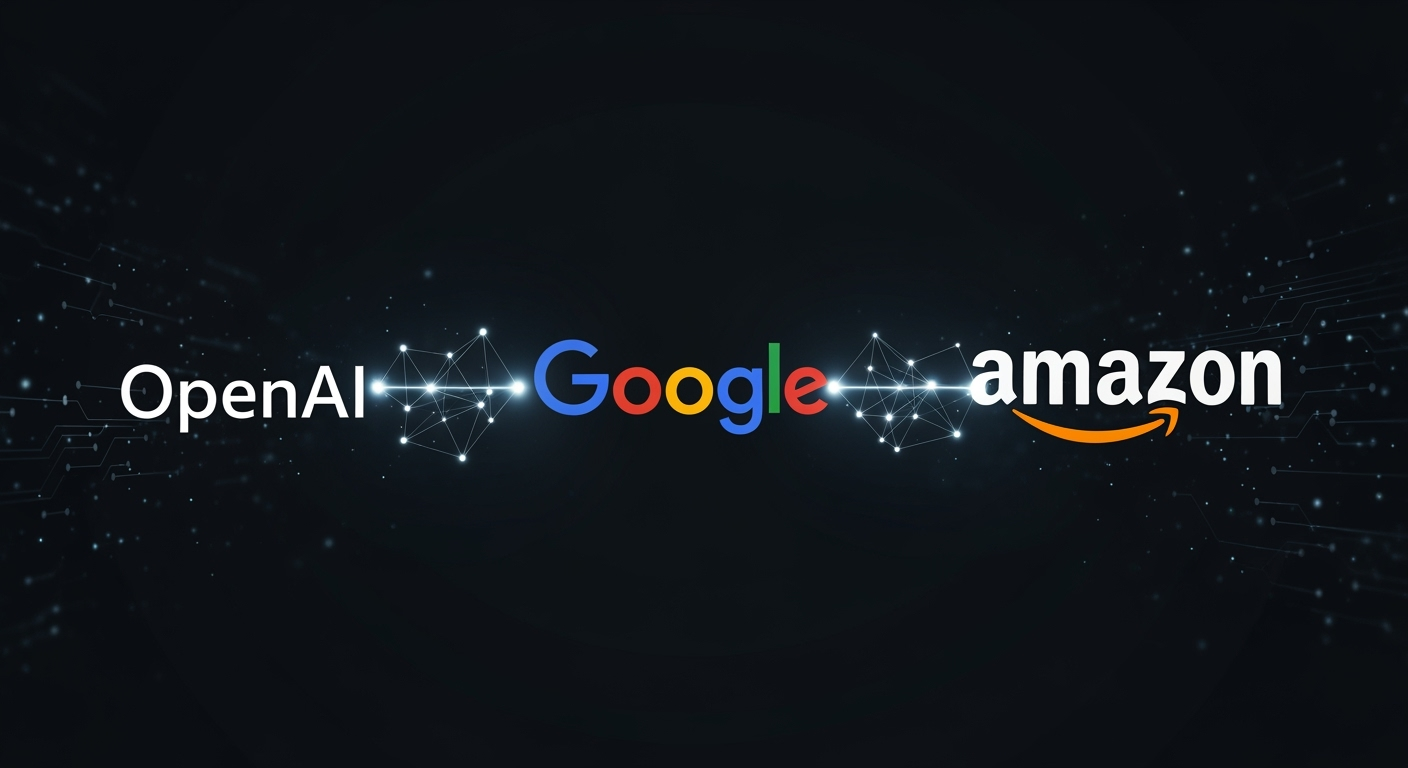Why AI-Driven Service Roll-Ups May Be Harder Than They Look

The Hidden Hurdles in AI-Powered Service Company Transformations
Venture capitalists are betting big on a new investment playbook: using AI to transform traditional service businesses—think legal, IT, or consulting—into high-margin, software-like enterprises. The idea is simple on paper: acquire established service firms, automate routine tasks with AI, and use the resulting cash flow to buy even more companies. But is this strategy as straightforward as it seems?
The AI Roll-Up Strategy Explained
General Catalyst (GC) is a leading advocate of this approach. With $1.5 billion earmarked for AI-driven service plays, GC is building "AI-native" companies in specific sectors, using them to acquire and revamp legacy firms. Their focus: automate core processes, boost margins, and create a self-reinforcing cycle of growth.
- Titan MSP: GC invested $74 million to help Titan automate managed service provider (MSP) tasks, achieving 38% automation in pilot runs. Titan has since acquired RFA, a prominent IT services firm, and plans further acquisitions fueled by improved margins.
- Eudia: Targeting in-house legal departments, Eudia uses AI to offer fixed-fee legal services (as opposed to hourly billing). With Fortune 100 clients and the recent acquisition of Johnson Hanna, Eudia aims to reshape corporate legal work.
GC’s goal: double the EBITDA margins of acquired companies. And they’re not alone. Mayfield, another venture firm, has set aside $100 million for "AI teammates" companies, while solo investor Elad Gil backs businesses transforming mature assets with AI, aiming for gross margins as high as 80%.
The Productivity Pitfall: "Workslop"
However, turning services into software margins is proving much tougher in practice. A recent study from Stanford Social Media Lab and BetterUp Labs reveals a new challenge: "workslop." This refers to AI-generated work that looks polished but lacks substance, forcing employees to spend extra time correcting it.
- 40% of surveyed full-time employees said they were dealing with more work due to AI-generated content.
- On average, staff spend almost two hours per instance of "workslop"—deciphering, fixing, or returning it.
- This "invisible tax" equates to $186 per employee per month, or $9 million per year for a 10,000-person organization.
These hidden costs challenge the fundamental economics of the AI roll-up strategy. If companies cut staff as AI improves efficiency, fewer people are left to catch and correct errors. If they keep staffing steady to handle the extra "workslop," the anticipated margin gains may not materialize.
Why AI Transformation Remains Tricky
GC’s Marc Bhargava maintains that the difficulties only prove how valuable the opportunity is. "It’s really hard to transform a company with AI," he says, highlighting the need for specialized engineers who understand the nuances of different AI models and how to integrate them effectively.
GC’s approach is to pair AI experts with industry veterans to launch companies purpose-built for transformation. The complexity of real-world AI deployments makes this pairing essential, but it also means that simply "adding AI" is rarely a silver bullet.
What’s Next for AI Service Roll-Ups?
The future of AI-powered service companies will depend on:
- Improving AI models to reduce "workslop" and boost genuine productivity
- Finding the right balance between automation and human oversight
- Building interdisciplinary teams that combine deep industry and technical expertise
For now, many of these AI "creation strategy" companies are already profitable, thanks to careful acquisition of cash-flow-positive businesses. As AI technology continues to advance, investors remain optimistic about expanding into new sectors.
But as the hidden costs of AI-generated errors come to light, business leaders—and their investors—would do well to remember: true transformation is rarely frictionless, and the journey from services to software-like margins is full of unexpected twists.





